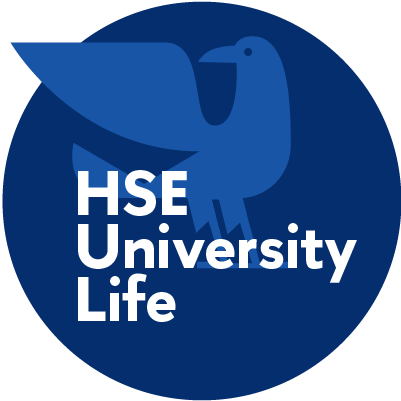- A
- A
- A
- ABC
- ABC
- ABC
- А
- А
- А
- А
- А
HSE Art Gallery Holds soft(power) Exhibition
The new exhibition soft(power) is open until June 18 at the HSE Art Gallery. It features student works created specially for the exhibition as part of the ‘Ceramics and Textiles’ workshop of the HSE Art and Design School.
‘Contemporary art doesn’t involve only painting, installation and performance, but also art objects, including objects made of fabric, beads, rhinestones, jewellery stones, and ceramics,’ says Dmitry Tsvetkov, curator of the ‘Ceramics and Textiles’ workshop at the HSE Art and Design School. The exhibition features works created by students for the exhibition as part of their training at the workshop. Using textile materials and ceramics, they learn to design, model and create unique projects that could become sought after among various cultural institutions and collectors.
The soft(power) exhibition reflects on the relations between people and the space in which they live. To be able to call a place home, it is not enough just to stay there—one has to settle in it. The process of settling in mainly occurs while decorating a room with various objects. Some of them serve as decorations, demonstrating the resident’s personality or revealing their interests and experiences. Such things can say something about a person's life and reveal various changes outside. Other objects may seem to have an exclusively utilitarian function and provide comfort in our everyday lives, but they also can absorb random memories and acquire new meanings.
The artworks in the first hall examine the relationship between space, the objects that fill it, and people as an invisible connecting element between them. People highlight their presence by filling the space around them: every object they choose is there for a reason, and they give the space additional meaning and functionality. The environment created is a vivid reflection of their personalities; it is a creative, emotional and deeply personal process.
The exposition of the second hall encourages guests to look at everyday things from a new angle. Here, each object takes on an unusual role and gains new meanings—sometimes completely unexpected ones—through interaction with people. In order to declare their diversity and versatility, the objects take hyperbolised forms.
The last hall of the exhibition invites viewers to immerse themselves in meditative contemplation. Openwork chandeliers, swinging vigorously before coming to a state of rest, set a hypnotic narrative, forcing you to slow down and look at yourself. In this environment, you can think about your own experience of interacting with the world of objects.
The brutal architecture of the exhibition and its vibrant identity, filled with a sense of anxiety, deliberately contrast with the exhibits. This deliberate contrast focuses visitors’ attention on the eternal search for a ‘safe space’—a cosy shelter created with one’s own hands that is essential in times of upheaval.
EXHIBITION PARTICIPANTS
Sabina Baysarova, Savva Borisovsky, Anastasia Vanyukhina, Marina Vanyushkina, Ksenia Vinogradova, Veronika Glushkova, Yulia Eliseeva, Alexandra Zamurueva, Sofia Kim, Sofia Kucheryavaya, Vladislav Lvovich, Maria Makedonova, Irena Muradyan, Maria Obidina, Daria Obidina, Dmitry Orlov, Maria Panina, Taisiya Potupikova, Elizaveta Semenova, Alyona Sokolova, Anastasia Uldanova, Polina Frolova, Dmitry Tsvetkov, Elizaveta Shal, Polina Shtanko, Maria Yankush.
CURATOR

Dmitry Tsvetkov
Contemporary artist and head of the ‘Ceramics and Textiles’ track at the HSE Art and Design School. He uses velvet, taffeta, jewellery stones, beads, and rhinestones in his works, which have been exhibited in the Tretyakov Gallery, the Hermitage, the Russian Museum, the Pushkin State Museum of Fine Arts, MAMA, PERMM, and the Museum of Moscow. He has worked on more than 50 personal projects for Russian and foreign galleries and museums.
soft(power) exhibition tours are held every Thursday at 7 pm.
Entry is free. No advance registration is required.
GALLERY OPENING HOURS: 12 pm–8 pm, Wednesday–Sunday
Free entry
ADDRESS AND EMAIL
12 Malaya Pionerskaya Street
Paveletskaya metro station

